The Ruin is a small pavilion, situated in Hackfall, North Yorkshire. Completed in around 1767, it was originally built as a banqueting house, perched high above a wooded gorge.
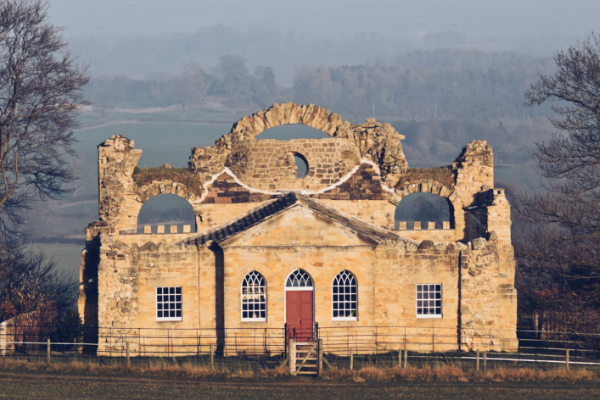
During my stay, I used The Ruin as a base to work from and, honestly, I couldn’t think of a better place to hide away. Alongside an inspiring interior, during my breaks, I explored some of the spectacular 18th-century landscape below the folly.
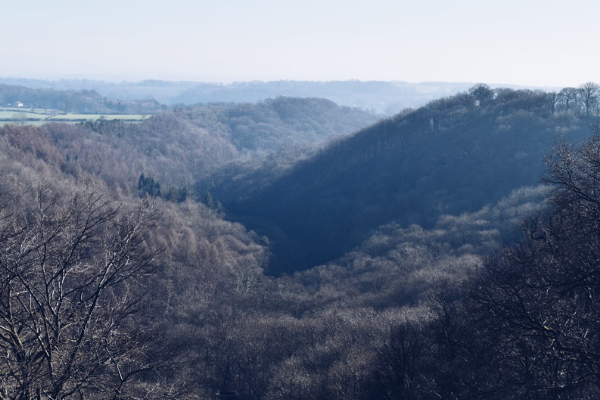
The Ruin is one of many fascinating historic buildings within the Landmark Trust's portfolio of historic properties and its completed restoration has won several prestigious awards, including the RICS Yorkshire Regional award, in the Building Conservation category. The building is a ‘Janus-faced' Georgian folly (meaning it has two faces), hence its unusual gothic-style roofline on public elevation. This leads through to a rugged, Romanesque, triple-domed ‘ruin’ on its opposite valley-facing frontage, possibly inspired by the Roman ruins of Hadrian’s Baths. Though it is not certain that The Ruin was designed or constructed by Robert Adam, there is some circumstantial evidence that this is true or that landowner, William Aislabie, at least copied his ideas. Aislabie is responsible for the nearby water gardens of Fountains Abbey and Studley Royal which are now a UNESCO World Heritage Site.
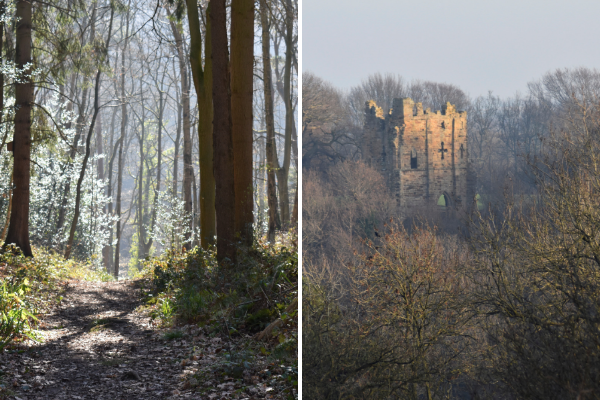
Today, Hackfall is an area of natural woodland, which a 19-century writer thought to be a “beautiful wilderness.” Actually, it is the result of work undertaken by the Aislabies. John Aislabie bought Hackfall wood for £906 in 1731 when he was already famous for his landscaping work at nearby Fountains Abbey and Studley Royal Water Gardens. He also created grottoes, surprise views, waterfalls and fountains. The woodland gardens were popular in Victorian times and visitors flocked to the area. Hackfall woods went through a long period of decline and in the 1930’s, logging operations resulted in damage to the footpaths and a change in the distribution of different types of trees. Today the woodland and its follies have been restored by a charitable trust and are probably best enjoyed from the terrace at the rear of The Ruin. Fortunately, when I had the pleasure of visiting, the weather was unseasonably warm, so I was able to leave the door open and enjoy the views from the terrace.
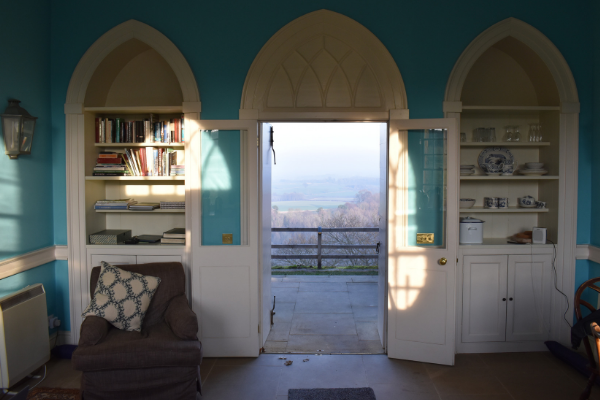
The Ruin is a special and unique place, whether you love its architectural history or just want a retreat to get away from things. My mum arrived on the last day of my stay and she also didn’t want to leave.
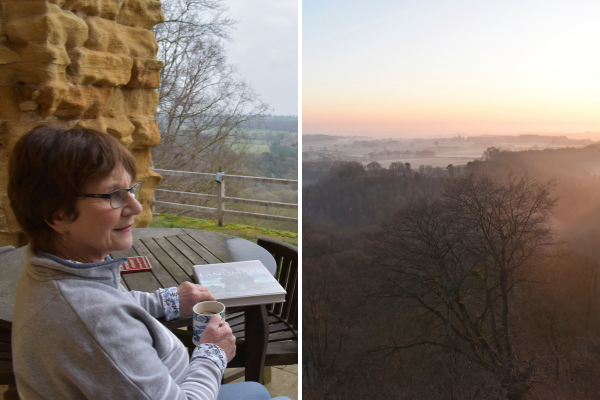
Book your own tranquil escape to The Ruin from just £39.75 for two guests, per person per night.